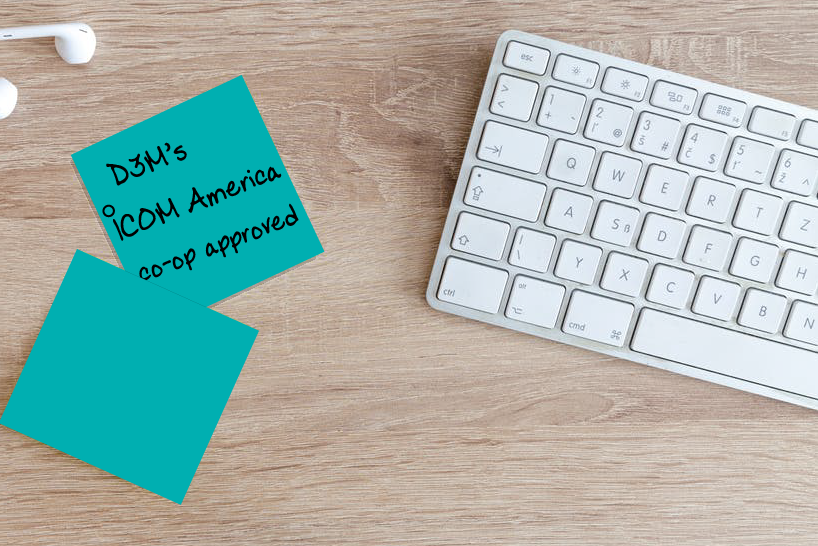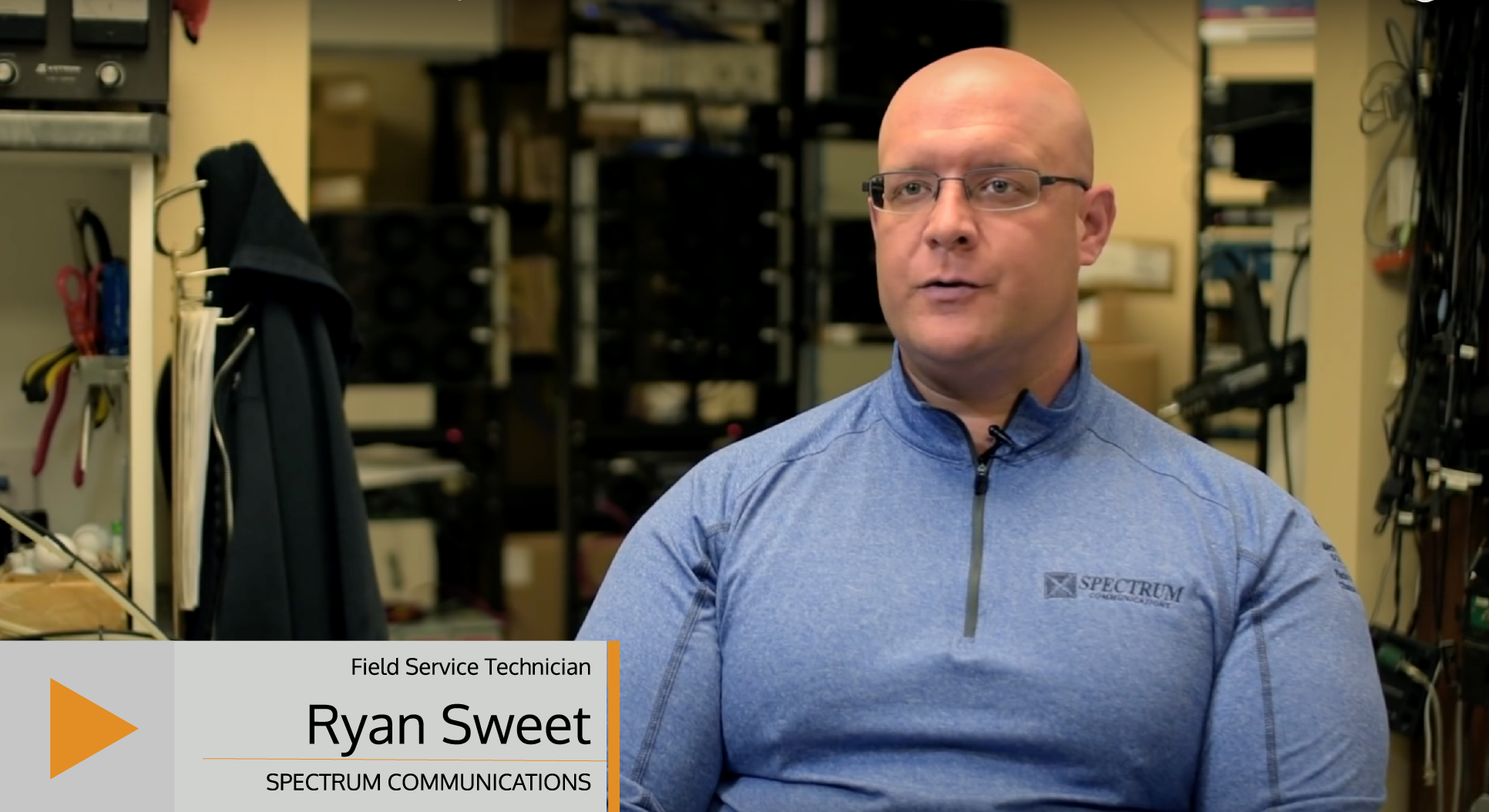![]() We recently had the opportunity to chat with Cory Tindall, a Sales Engineer at Motorola Solutions' digital radio sales and service center Commenco. We discussed the benefits of using D3M and Cory explained to us how he uses D3M to build and manage his two-way radio projects.
We recently had the opportunity to chat with Cory Tindall, a Sales Engineer at Motorola Solutions' digital radio sales and service center Commenco. We discussed the benefits of using D3M and Cory explained to us how he uses D3M to build and manage his two-way radio projects.
How long have you been working with two-way radios?
Over a year and a half. Before that, I was attending the University of Kansas and working at Kansas Public Radio as a radio broadcasting engineer intern.
As a sales engineer, what do you do every day?
I mainly go on site walks with the sales staff to figure out where equipment such as repeaters and antennas need to be located. I do all the link budgets, repeater testing, making sure there are no interfering sources nearby, BDA & DAS installation designs and the quoting process for the equipment.
What do you use to quote your equipment?
Our company has been around for 65 years, so we have the same process in place. We use Excel spreadsheets. I send different portions to our purchasing manager and then I have someone that reviews the quoted labor.
Who does your dealership do business with?
Commenco does business with public safety, hospitals, schools, golf courses, construction companies, security, and hotels. The list goes on and on.
Has D3M helped you explain the technical side of your job?
I haven’t really had the chance to explain the technical side to a customer, but D3M has helped by giving us a more professional outlook. I’ve started doing reports for larger jobs that include technical details and I always include a system drawing. It’s helpful for us to keep track of the information and infrastructure for the future.
Prior to D3M, what tools were you using to document two-way radio networks?
We were using Visio and providing customers with a detailed description of what was involved in the system.
Are you using the proposal feature of D3M?
No, we haven’t gotten there yet. Before we started using D3M we developed a template in Word that’s pretty polished already.
Editor’s Note: D3M Document Templates will save your team loads of time and ensure your proposals stay consistent. System diagrams & fleetmaps are automatically uploaded into the proposals.
Does D3M save you time?
Yes, it’s super quick to put stuff together and draw a system. It takes me 15 minutes to complete a system drawing and another 15 minutes to fine tune it.
Where do you think D3M could improve?
The anchoring when you connect two pieces of equipment. There’s no option to change where the line enters the port. This could be fixed by having a specific anchoring point – either directly on the top, the left, right, or bottom. Also, if there was the ability to bring certain objects to the front. If I stack two objects on top of each other, I would like the ability to decide which one stays in front of the other.
How does D3M compare to other tools you’ve used in the past?
I’ve used Visio and SmartDraw in the past. D3M is nice because all of the images you need are already pre-loaded into the tool. It looks way more professional because it is an accurate drawing of a repeater, radio, and whatnot. D3M is really easy to use and quick.
How often are you using D3M?
I use it on every project, so at least once or twice a week.
Have there been any WOW moments using D3M, where you said... that's really cool, I didn't know D3M could do that.
It’s just nice to get everything in one drawing. I like the icon library where I can go and make my own icons.
How did you hear about D3M?
I believe it was through a promotional email that gave me a demonstration of the tool. I checked it out and it was surprisingly cheap for one user.
What is your process around D3M?
I go out to the site, go through a checklist and a couple of questions with the customer, then I bring the information back to the office, work on a quote and then the drawing. If they chose to go ahead with the project, I give them a full report with the system drawing and explain the equipment that they are getting.
Has it been beneficial to show your customers a physical representation of the network?
Customers are able to look at the drawings to see how everything is wired and understand where everything goes.
At what stage has D3M helped you & your dealership the most during the sales cycle?
Installation. Since I am pretty new at it, it’s useful when the install guys need to know where specific equipment is going and how the equipment is connected.
What is the most significant benefit of using D3M?
Creating a more professional look for Commenco. When we finish a job and write a final report, we include coverage maps, I throw in a system diagram and D3M helps complete the whole picture.
Can you think of any additional features that would take D3M to the next level?
We currently use an intermodulation calculator. If we could get that built into D3M and be notified if there were interferences with specific frequencies, that would be beneficial to know what frequencies to use to avoid intermodulation.
If you were to review D3M what score would you give it out of 10?
8.
Would you recommend D3M to a friend in the industry?
Definitely! It has all the Motorola Solutions equipment that we use and it creates great drawings.








